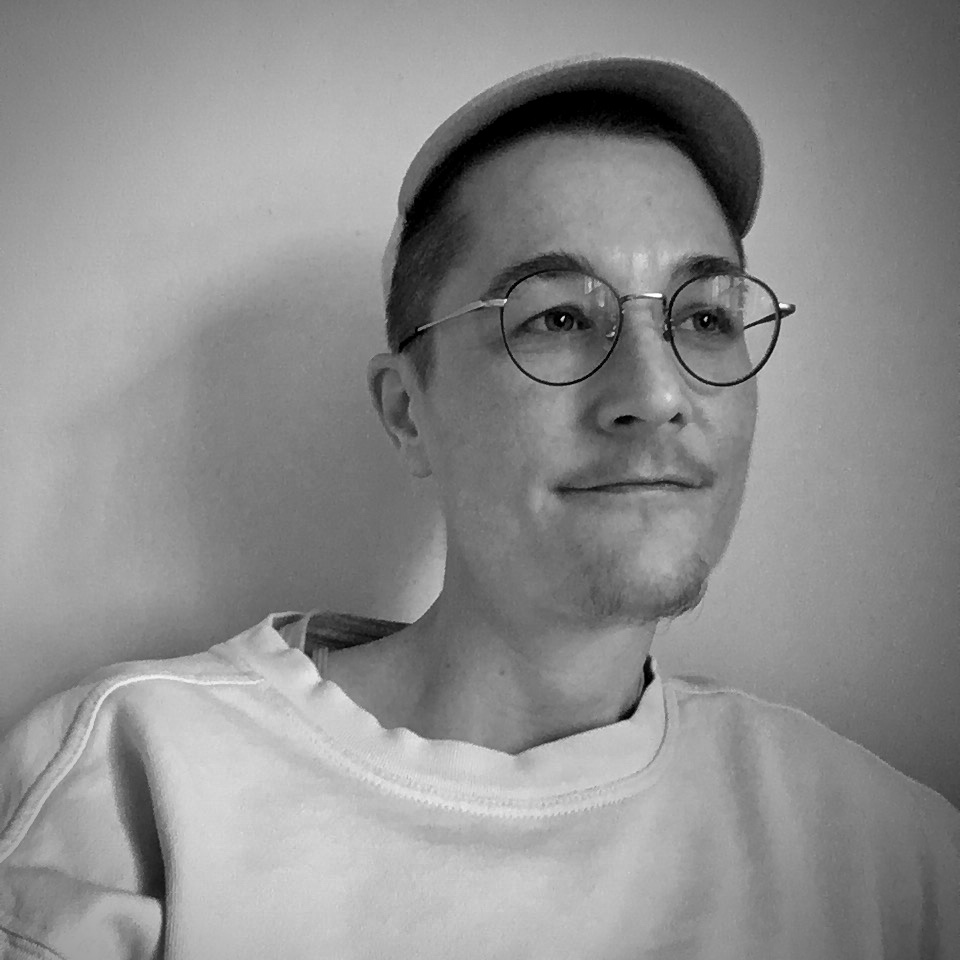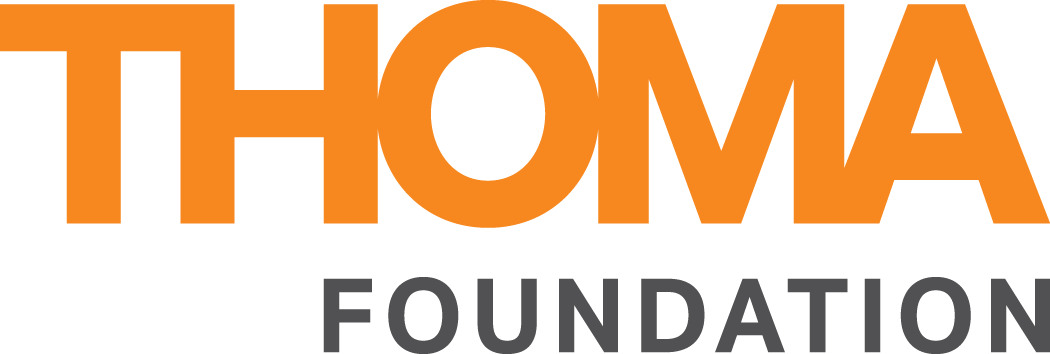
Meet the Team: Sasha Arden
| August 4, 2021 |
Tell us a little about yourself. What do you do outside of the Thoma Foundation’s summer internship?
I’m a rising fourth-year graduate student at New York University, specializing in the conservation of time-based media. For my final year, I’ll be working with the media conservation team at the Museum of Modern Art, and conducting research for Tate’s Preserving Immersive Media conservation team. Prior to entering this degree program, I worked for many years with artists and arts institutions in Chicago and the Bay Area. The pivot into conservation has allowed me to pull those years of practical experience into the longer-term planning and complex problem-solving that have always appealed to me.
Outside of my summer internship at Thoma, I have been exploring New Mexico and enjoying it immensely! This place has been calling to me for nearly twenty years, so I’m very grateful to have the opportunity to spend several weeks here. I have also been working on creating and editing a set of twelve 3D models of American majolica generated through the photogrammetry process, which converts 2D images into 3D models through software. The models will make some of the most interesting pieces in a large survey exhibition at the Bard Graduate Center in New York City accessible on the web this Fall. I’m also the assistant editor for the Electronic Media Review, the professional journal for time-based media conservation through the American Institute for Conservation. Some upcoming projects that I’m working on include co-organizing a Chicago Objects Study Initiative workshop on conservation of collected holograms; and I’ll be contributing the results of my research on the use of 3D models and augmented reality in conservation to an exhibition about the future of conservation at the Bard Graduate Center next year.
Can you explain a little bit about the work you’ve been doing at TAF?
During my time with the Thoma Foundation, I’ve completed documentation and collections records for several works in the contemporary digital art collection. Artworks in this genre are notoriously complex and unique, so aligning them with Thoma’s conventions and meeting the excellent standard of care set by Kate Weinstein can be challenging at times. It’s not unusual to create a new collections designation for an artwork, such as Josh Tonsfeldt’s Untitled artist-modified LCD monitor; or to rethink how artwork components are designated, as in John Gerrard’s Oil Stick Work (Angelo Martinez, Richfield, Kansas), which has a mix of integrated equipment and artist components that might need to be replaced or preserved during conservation treatment. No matter what, the records must be legible and consistent in order to provide future stewards with the information needed to successfully exhibit and preserve every artwork.
Do you have a favorite piece of artwork in the collection?
Bruce Conner’s LOOKING FOR MUSHROOMS holds a special place in my regard. While working at the San Francisco Museum of Modern Art, I worked with Conner’s estate to install several of his moving image works. LOOKING FOR MUSHROOMS was shown on 16mm film with a looper, and it was my introduction to setting up and maintaining loopers. Although it’s tricky to arrive at smooth operation (including learning how to splice film in mid-air), the effort is well worth the opportunity for the public to experience film in its original form. The dual soundtracks for LOOKING FOR MUSHROOMS, by the Beatles and by Steve Reich, offer very different readings of the same visual content, which I think is an interesting twist on Conner’s approach to perception.
As part of your internship, you’ve been focusing on the conservation of contemporary digital art. What has been the biggest challenge so far? The biggest reward?
As a conservation student, I’ve written about the challenge of supporting and maintaining an entire ecosystem around digital art. Not only do we need to pay attention to the artwork files themselves, but the operating systems, software, drivers, physical devices, and knowledge of those systems need to remain accessible and functional. I’ve run into this issue with John Gerrard’s Oil Stick Work (Angelo Martinez, Richfield, Kansas), which relies on many pieces of hardware and software working in concert; as digital artworks and their supports age, it becomes increasingly difficult to maintain the interdependent connections. It always requires good detective skills to understand these problems, as well as creative thinking to identify solutions that will hopefully be sustainable. I enjoy getting to exercise my curiosity about how things work, and constantly learning about new things through digital artworks.
Where is your favorite place to see art in the Santa Fe area?
I promise that no one put me up to this – but I have to say that the current exhibitions at Art Vault are really amazing! The space is excellent for showing these types of works, and I think the installation is very well balanced. It’s so exciting to see a range of well-known works like Dara Birnbaum’s Wonder Woman and pieces that are new to me, like the mechanical drawings by Desmond Paul Henry. Living in New York City, it can be easy to take for granted that a large-scale installation like Jennifer Steinkamp’s Blind Eye, 1 could be exhibited – but the resources required, such as sufficient space and bright, high-resolution projectors, are not accessible for every venue. Art Vault brings a lot to Santa Fe, and I’m excited to see the program as it evolves. I’d love to come back again!
